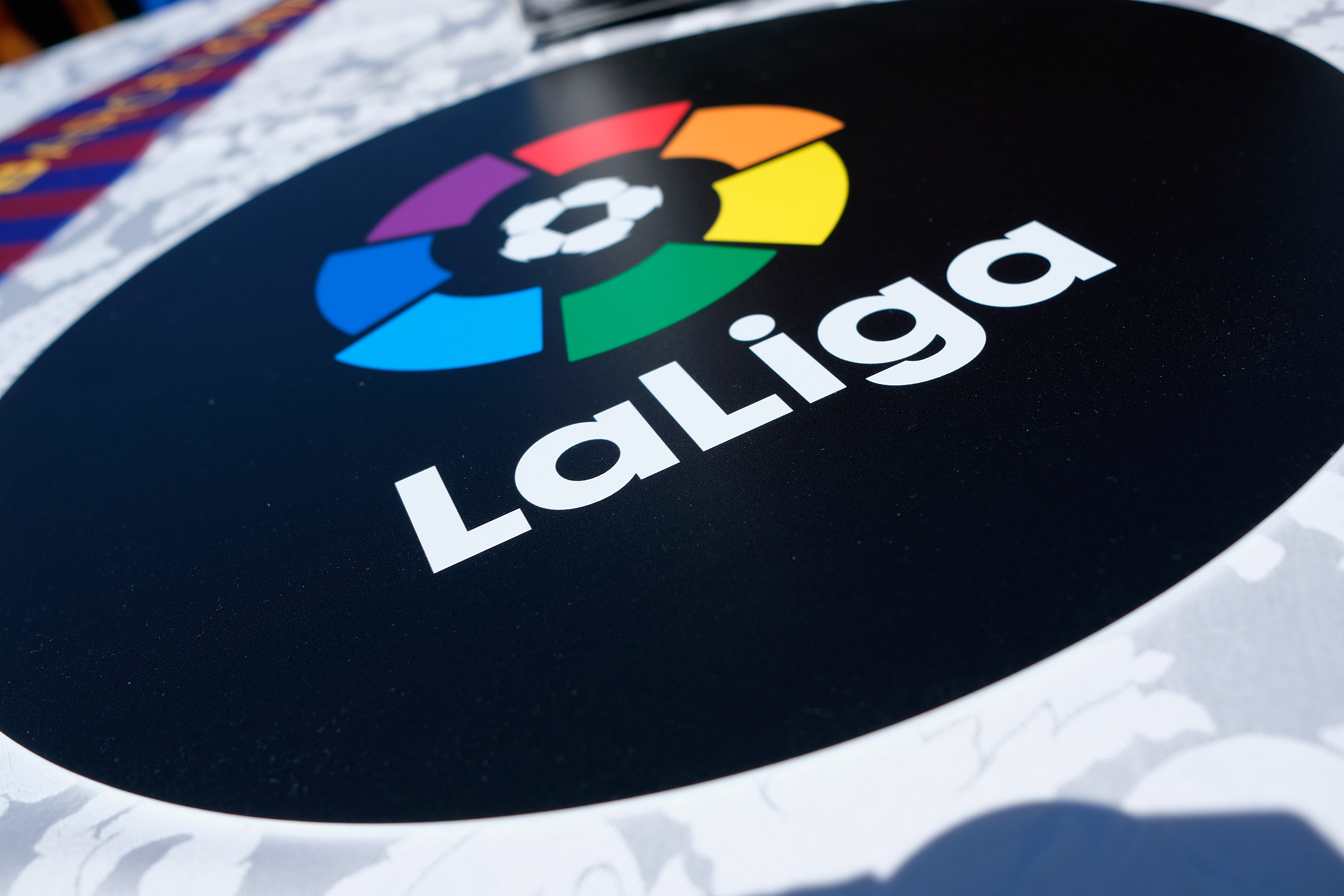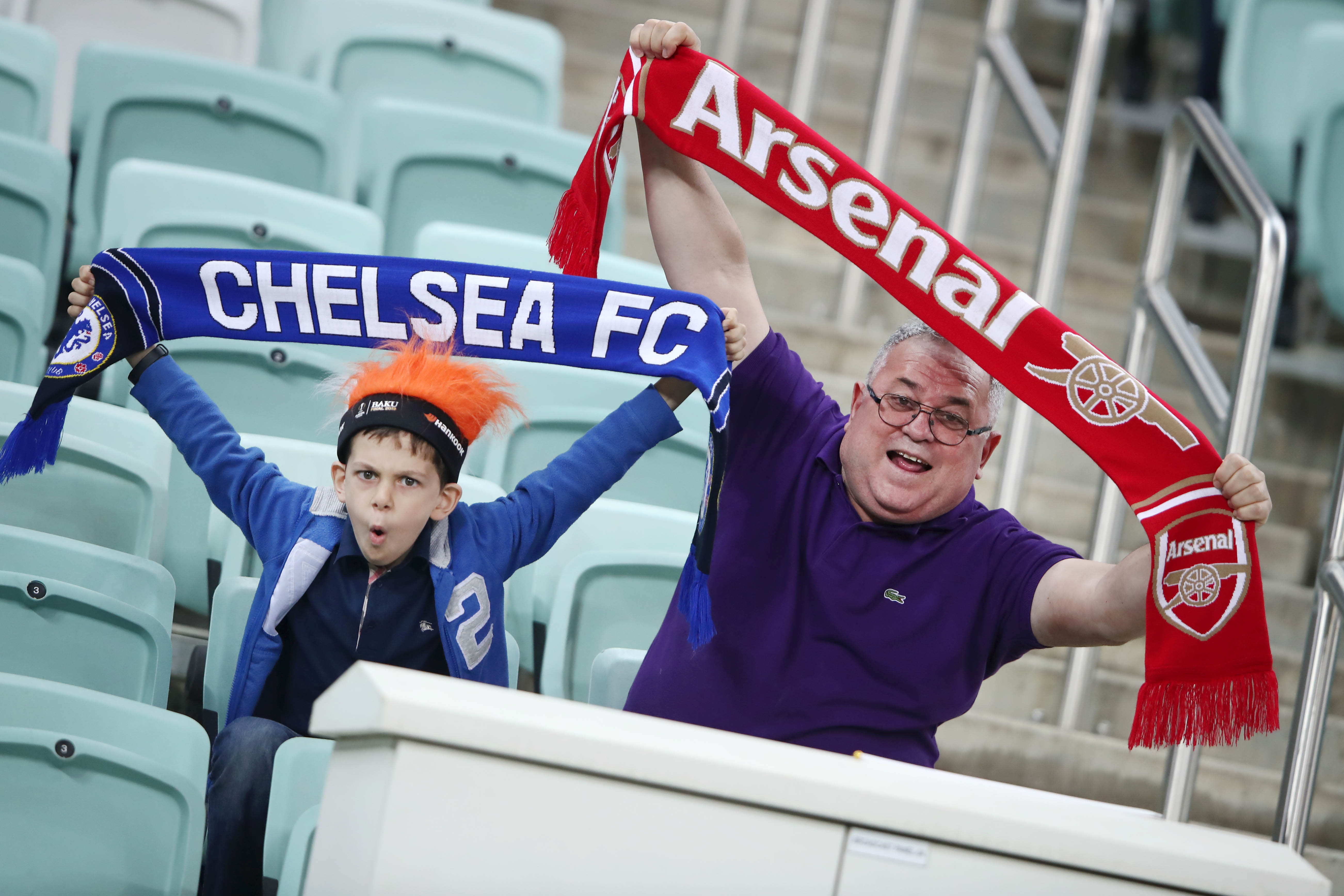“Little, old New Zealand with just 25 professional footballers — Italy has 3541. A country which had played just four World Cup matches before this morning drew with one which has won four World Cup titles. Crazy.”
– The correspondent for New Zealand Herald sounded ecstatic as he described the All Whites’ shock 1-1 draw with the defending champions.
The New Zealand prime minister, who came to the match with his ten year old son, was no less jubilant.
His official statement read –
“The All Whites showed all the courage and character we know they possess to score what is New Zealand’s best result yet in world football, in drawing with one of the world’s top teams, the All Whites have surprised everybody and stunned the footballing world. The team can take great pride in their result.”
These two statements were just a sample of the millions of praiseworthy reports pouring around the world press, lauding an improbable result.
New Zealand, ranked 73rd in the world, is still unbeaten after two games. While the draw against two time finalists (as Czechoslovakia) Slovakia was creditable, the result following it was incredible.
Backdrop:
After suffering one more World Cup heartbreak in 2005, the New Zealand football association chose to bring in Ricky Herbert, a key figure in the defense during All Whites’ previous tryst with the biggest event in sports. Football is not the most popular game in this tiny nation. Herbert had very little to work with. So, his main focus was on keeping the small squad of players fit and well organized.
 Ricky Herbert : The man of the moment
Ricky Herbert : The man of the moment
He was helped by the fact that New Zealand’s main challenger in the Oceania zone, Australia, had joined AFC. Most of the other teams in OFC are weaker than even New Zealand. A play-off match against Bahrain ensued.
The Asians had a much stronger squad, and were tipped heavily to get past the All Whites, but their opponents put on strong defensive displays with two shutouts. Rory Fallon scored in the 45th minute in the home leg to book a ticket to South Africa.
New Zealand’s previous appearance in world cup was back in 1982. They ended up in an extremely tough group with Zico’s Brazil, Scotland and USSR. They were defeated, but not disgraced. Herbert’s biggest gain from that world cup was Socrates’ shirt after the Brazil game.
Herbert prepares his plans:
Being grouped with Italy, Paraguay and Slovakia was not the worst offer. Italy are well known slow starters, Slovakia are playing their first World Cup as an independent nation. Paraguay is usually a very tough nut to crack. With a bit of fortitude and fortune, the All Whites’ might have hope for their first points.
Curiously, one of the first instances of publicity he received after qualification was from a newspaper in Spain. The paper was compiling a list of the salaries of coaches going to South Africa. It’s unclear what their source was, but they placed Herbert in 12th position with a salary of $ 1.1 million – on par with Dunga and Maradona.
The ironical fact was that he earns 50,000 NZ dollars for his services, which is $ 35,000 per year, a figure which makes Herbert the lowest paid coach in this year’s edition.
The New Zealand football FA, to their credit, pitched in with its limited resources. They fixed warm up matches against teams like Mexico and Serbia. A camp at high altitude was set up. Under Herbert, the All Whites had made good progress. A 3-1 win over Georgia was New Zealand’s first ever win in Europe. A decent show in Confederations Cup saw them earn their first points in an Intercontinental tournament with a draw with Iraq.
In an interview before the World Cup, this was what he said:
“I’ve never lost faith in this team ever since I took over four years ago. It’s a massive responsibility to get us back onto the world stage and a lot of people have done a lot of hard work to make this happen,” he said. “From a personal point of view, I don’t need to beat my chest and get my name out into the media.”
Herbert’s tactics in world cup:
Herbert knew that he was not blessed with skillful or smartest players. The biggest advantage of the current New Zealand team is their physical stature – each one of the forwards and defenders are above six feet tall. Herbert focused on forming a solid defensive core and adopting a rough physical approach. The nation best known for its rugby team didn’t have a lot of problems to adapt to this style. The defensive line was led by experienced Ryan Nelsen. Youngsters Tommy Smith and Winston Reid gelled together well. New Zealand wouldn’t try anything flashy, their main target was to keep it tight and go for a draw.
The goals could come through only one way – set-piece play. The tall Kiwi strikers had an aerial advantage over most teams and they looked to exploit that.
Herbert’s first game was against Slovakia. The Slovaks were highly rated in the buildup. They came through an excellent qualifying campaign. Their traditional slick passing game was successfully suppressed by the All Whites. Despite a bright opening, the Eastern European team struggled to cope with New Zealand’s physical game play. It was Slovakia, who took the lead on the 50th minute, after Vittek headed the ball in. Replays suggested that he might have been offside.
New Zealand didn’t stop pushing for an equalizer. Herbert saw how the Slovakian defense took it easy in patches; there were gaps in the defense which could be exploited. He threw in Chris Wood, a highly rated youngster who graduated from Bolton Wanderers Academy. The 6 ‘’ 3’ Wood was a constant nuisance as he held up the ball. Then came the crucial moment; Smeltz swung in a cross from left,and centre-back Reid headed it in to equalize. The All Whites had executed Herbert’s plan perfectly and their aerial dominance paid off.
 New Zealand’s persistence against Slovakia paid off in 93rd minute
New Zealand’s persistence against Slovakia paid off in 93rd minute
The result was hailed as monumental in the New Zealand press. Little did they know what was there in store for the second game.
Italy never liked physical teams. Teams that put in rough challenges and get into one’s face has often succeeded against the Azzurris, the recent example being Scandinavian teams. Another historical example will be England; the Italian national team, despite its success in the 30s, rarely did well against England. Their losses included a 4-0 record home defeat, and another one in the infamous “Battle of Highbury”. Herbert might have noticed this. Another flaw in the Italian defense was its inability to defend in set-pieces plays.
The centre-back pairing of Giorgio Chiellini and Cannavaro has let in numbers of goal for Juventus due to poor set-piece defending. Even in the first game, Cannavaro got out-jumped to hand Paraguay the lead.
Herbert had his plan set, to play a rough physical game and use Italy’s weakness in set-piece.
And to the shock of the millions glued to television, his plan paid off one more time. From a well taken free-kick from the left wing, chaos engulfed the Italian penalty box. The error prone Fabio Cannavaro failed to mark Smeltz or clear the ball. A grateful Smeltz calmly rolled the ball past Marchetti, sending his nation into raptures.
The 73rd ranked team in the world had taken the lead over four time champions. And their defensive plan was set to motion.
 Italy’s inspirational captain from ’06 had no chance to stop this.
Italy’s inspirational captain from ’06 had no chance to stop this.
They flew in with strong, cluttering tackles in the middle of the park, allowing no space for Italians to play their normal short passing game. Italy was reduced to try long balls, but the All Whites defenders supreme aerial prowess, coupled with the lack off a tall striker in the Azzuri ranks, meant none of Italy’s chances were fruitful.
Marcello Lippi, the second highest paid coach in this world cup, and winner of a World Cup and Champions’ League, had just lost the tactical battle to a rank outsider.
Italy continued to launch meaningless long balls as New Zealand held firm. Goalkeeper Mark Paston was the second choice ‘keeper for All Whites; first choice goalie Glenn Moss was banned for four games – he would miss the play-off matches against Bahrain and first two world cup games. Paston was a hero in Bahrain as he saved a penalty, but he looked shaky against Slovakia. In this game, he was unbeatable. He was calm, assuring and never looked like making an error.
Nelsen, Reid, Smith and Vicelich were holding the fortress together with great aplomb. Italy got fifteen corners, but every time they lost out to the giant Kiwi defenders. The only goal they mustered was attributed to inexperience; 20 year old Tommy Smith was found guilty of shirt tugging, and Iaquinta converted the penalty.
Other than that, Italy was mainly limited to long rangers. Paston pulled off world class saves to deny Camoranesi and Montlivo. Italy pushed on desperately with three strikers, but to no avail.
To his credit, Herbert went for a win in later stages when he threw Chris Wood. His gambit almost paid off; the strong striker easily powered his way past a hapless Cannavaro, but drove his shot just wide. With ten minutes to go, that goal would have been the clincher. This substitution was another master stroke, as Cannavaro has struggled against strong strikers in recent times. In the 4-1 loss to Fulham in Europa League, he was brushed to the ground by Bobby Zamora for a Fulham goal.
As the final whistle sounded, New Zealand players celebrated the draw as thought it was a win. It indeed was a win. The press which had dubbed the draw against Slovakia as “historic” was at a loss of words. This was not just a fluke result. It was a win of tactics over quality. Ricky Herbert had out thought his illustrious opponent. He gets paid a fraction of what Fabio Capello gets, and yet after two games both coaches have collected the same number of points.
New Zealand might still go out of the Group stages. They might still ship in a truckload of goals against Paraguay. But let us not take this moment away from them. They have achieved an improbable result. And it was a richly deserved point.




